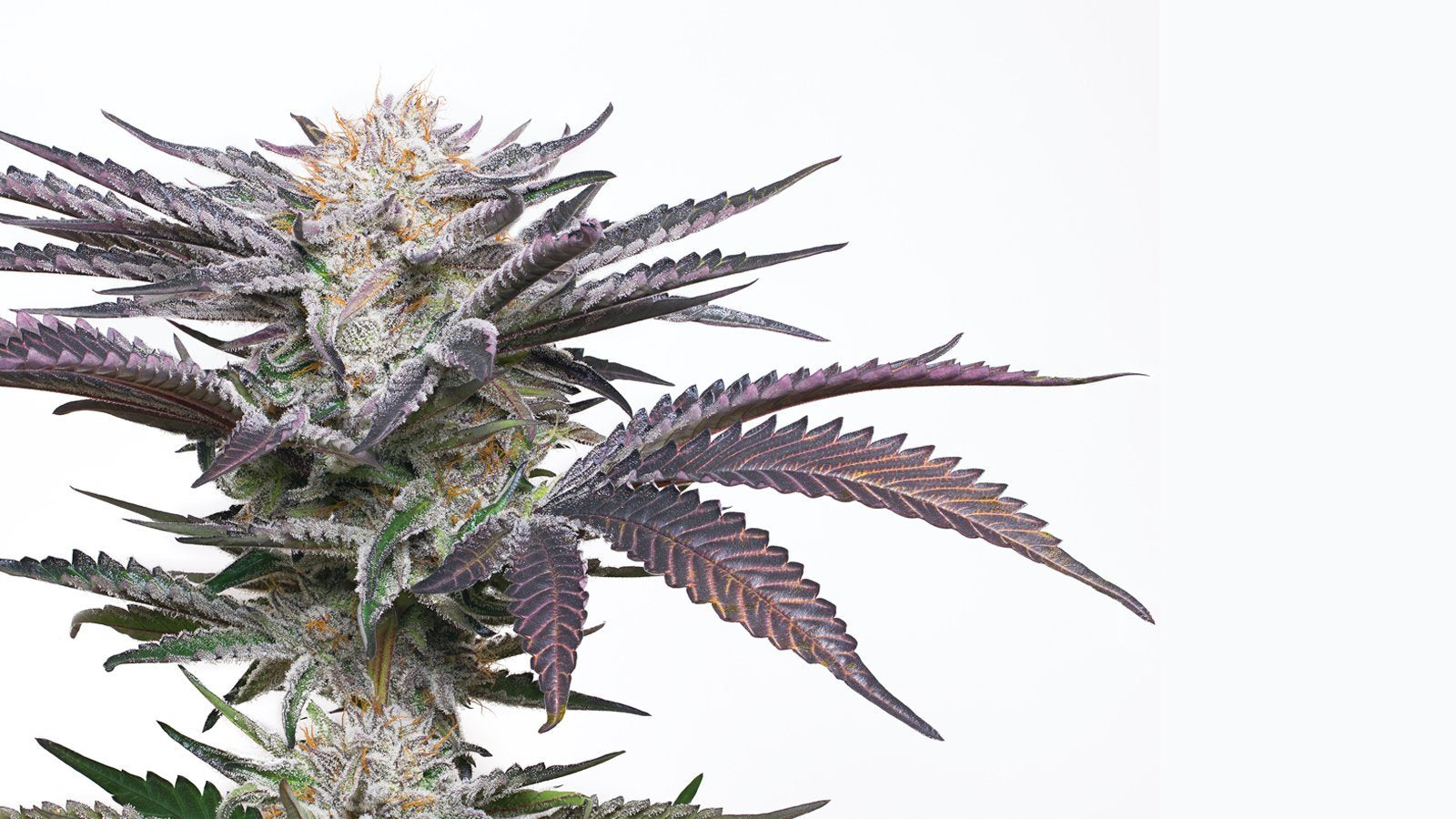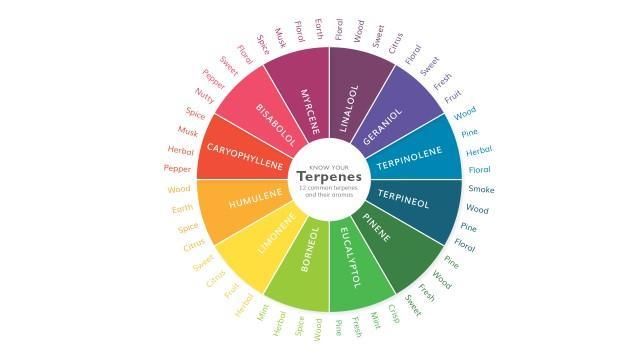

What’s the difference between indica, sativa, and hybrid cannabis?
Highlights:
- Indica and sativa plants differ significantly in terms of how they grow, their places of origin, and their generally expected effects.
- Although many factors may influence the final result, indica-dominant strains are known to offer a more relaxed experience, while sativa-dominant strains may present an uplifting effect.
- Indica and sativa plants are bred together to create strains known as hybrids.
Knowing the difference between the two major species of cannabis may be important when deciding which strains to purchase. The two major types, indica and sativa—also known by their Latin names of Cannabis indica and Cannabis sativa respectively—differ not only in terms of places of origin, height and leaf shape, but also in their generally expected effects. A hybrid is a genetic combination of the two, usually bred for a desired result.
What is Cannabis indica?
Cannabis indica means “of India” and was so named in 1785 by the French naturalist, Jean-Baptiste Lamarck. The species originated around the Hindu Kush mountain region of present day Central and Southeast Asia, well-suited for the sometimes harsh growing conditions of these regions. These conical-shaped plants are short (two to six feet) with thick leaves and dense foliage. Leaf and flower colour tends to be dark green and sometimes purple. The buds are usually dense and thick. Indica is naturally high in tetrahydrocannabiniol (THC) and is known to generally offer more sedative effects when compared to Cannabis sativa, likely because indica flowers contain myrcene, a terpene thought to offer relaxing properties.
What is Cannabis sativa?
Classified by the father of modern botany, Carl Linnaeus, in 1753, Cannabis sativa means “cultivated”, a likely nod to its sustained cultivation for nearly 12,000 years for paper, clothing, and ropes. The species originated in present day Southeast Asia and equatorial countries in South and Central America. In warm climates, the plants grow naturally tall (sometimes reaching 15 feet), and are characterized by thin leaves and spread-out foliage. Leaf and flower colour tends to be green, while the flowers are long, slender and loose. Sativa is often high in the terpenes such as pinene and limonene, which are thought to offer uplifting effects. Because of their height, sativa plants are grown for industrial hemp production, specifically cultivated to express very low THC content (less than 0.3 percent).
Cannabis ruderalis
You may not see it in stores, but have you ever heard of Cannabis ruderalis? Native to present day Eastern Europe and Russia, this species is characterized by its short stature, cold-weather hardiness and natural resistance to pests and disease. Ruderalis is an auto-flowering variety, meaning it produces flowers according to its age, versus photoperiodic flowering varieties, which bloom based on a light cycle. Ruderalis varieties are generally low in THC but high in cannabidiol (CBD). These plants are rarely produced for recreational use, although they may be bred with indica or sativa varieties in order to pass along the desirable auto-flowering trait.
Hybrid strains
While knowing the plant species may be helpful, most strains available today are hybrids, a genetic cross between indica and sativa plants. Hybrids are purpose-bred to yield specific characteristics from their parents.
It is thought that the combination of a plant’s cannabinoid contents are stronger indicators of potential effects than the plant species alone. Understanding the relationship with different species, cannabinoids and terpenes in cannabis will help you find your way in BC Cannabis Stores.

